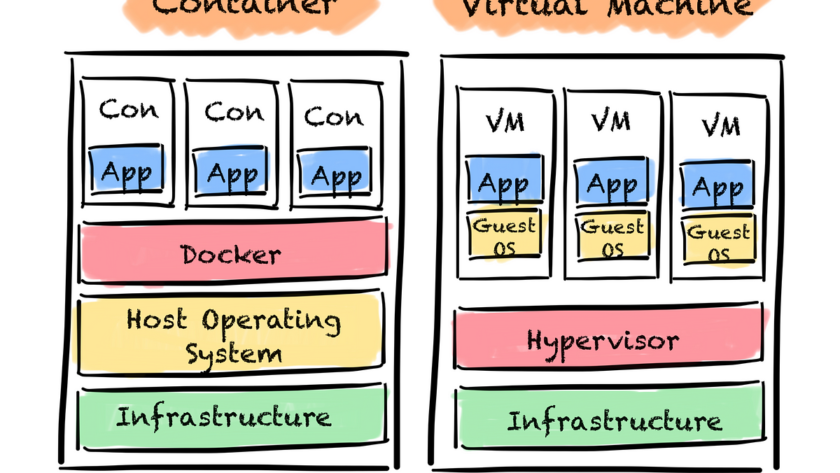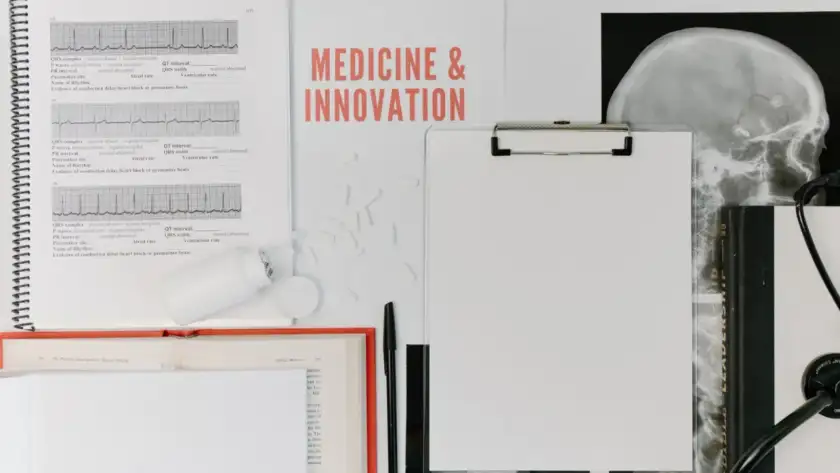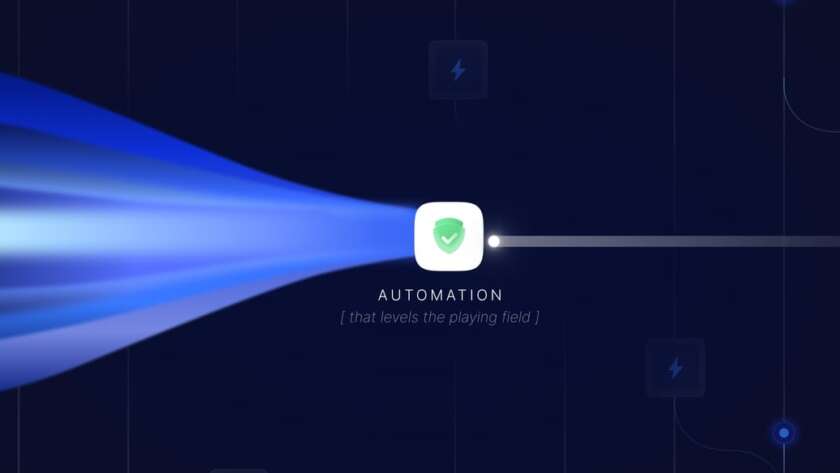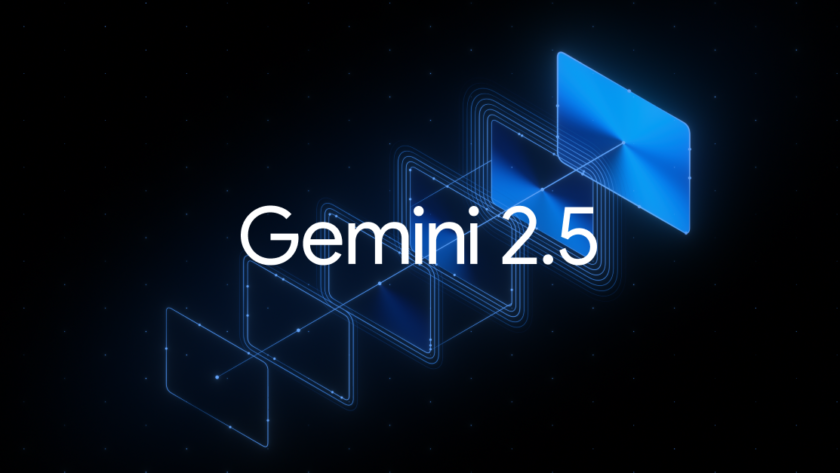Tactile sensing is a crucial modality for intelligent systems to perceive and interact with the physical world. The GelSight sensor and its variants have emerged as influential tactile technologies, providing detailed information about contact surfaces by transforming tactile data into visual images. However, vision-based tactile sensing lacks transferability between sensors due to design and manufacturing…











